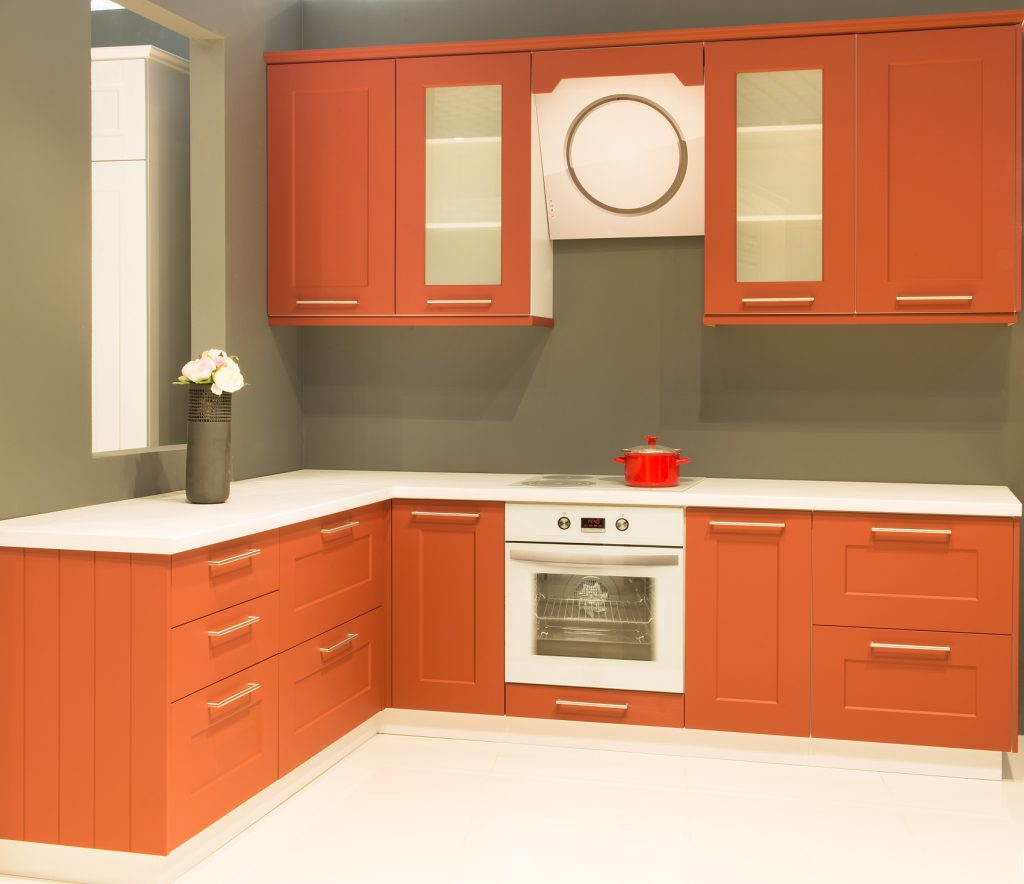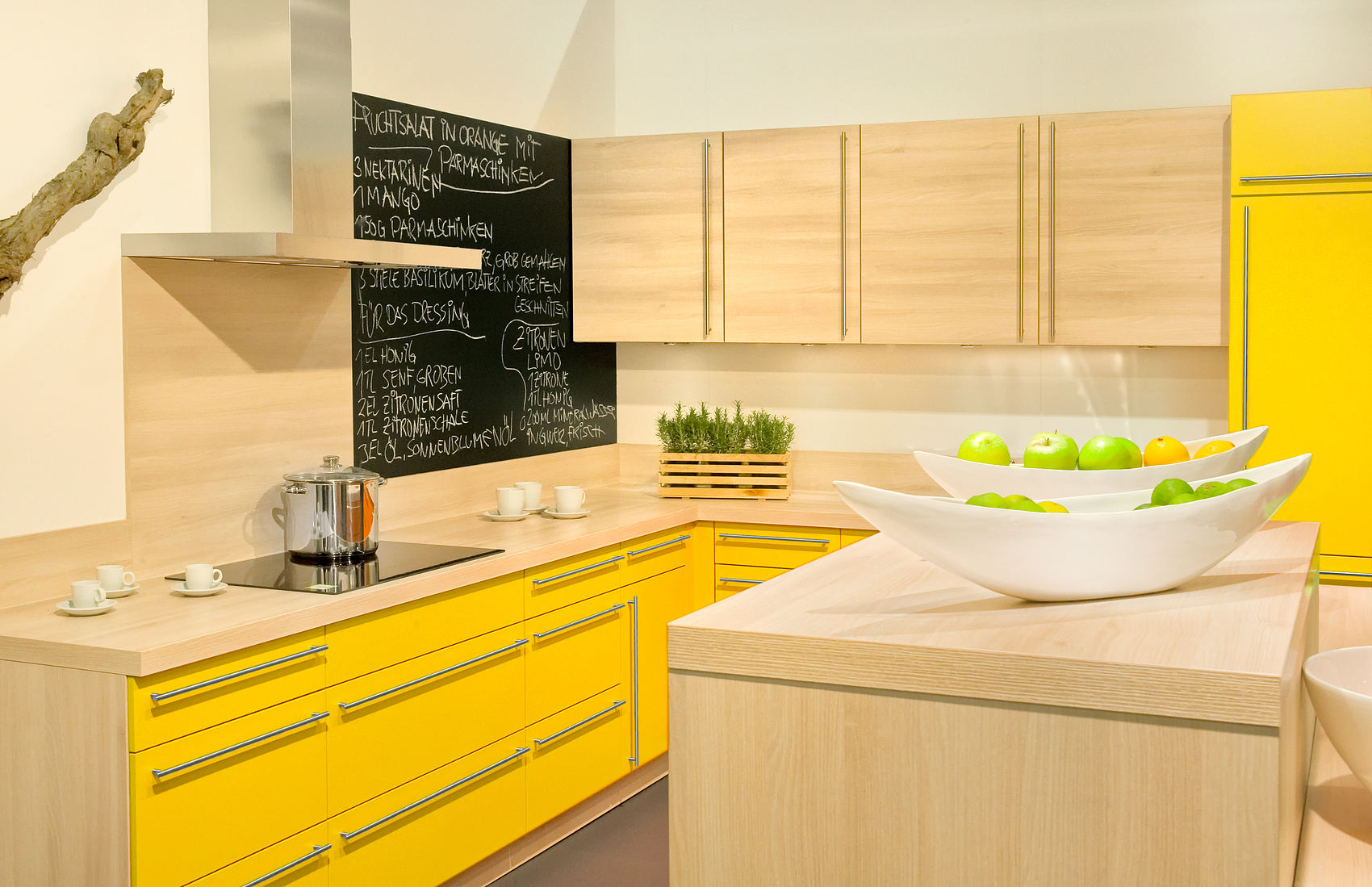You can definitely paint your kitchen cabinets without taking them down, and it’s a fantastic way to refresh your space without the hassle of disassembly. While it might seem a bit daunting, with the right prep and techniques, you can get a professional-looking finish without removing the doors or drawers. Here’s a straightforward guide to help you tackle this project more easily.

Preparing Your Cabinets for Painting
Preparation is key when painting cabinets in place. It ensures the paint sticks well and gives you a smooth, long-lasting finish.
- Clean the Cabinets: Start by giving your cabinets a thorough cleaning to remove any grease, dirt, or residue. A degreasing cleaner or a mix of dish soap and warm water works well. Pay extra attention to handles and other high-use areas.
- Sanding: Lightly sand the surfaces using medium-grit sandpaper (around 120-150 grit). This roughens the surface a bit, which helps the primer and paint stick better. Don’t forget to sand corners and edges too!
- Masking: Use painter’s tape to cover the edges where the cabinets meet the walls, countertops, or floors. This will help prevent any unwanted paint marks. Also, cover the floor and nearby appliances with dust sheets or plastic to protect them from splatters.
Choosing the Right Paint and Tools
The paint and tools you select will greatly influence the outcome of your project. Here’s what to look for:
- Paint: Opt for a high-quality paint made specifically for cabinets or woodwork. A satin or semi-gloss finish is ideal for kitchen cabinets since it’s easy to clean and moisture-resistant. While some might choose chalk paint, acrylic latex or oil-based paints are usually more durable.
- Primer: Applying a primer is essential, especially for wooden or previously stained cabinets. It helps the paint adhere better and stops any stains or wood tannins from bleeding through. Go for a high-adhesion primer suitable for kitchen surfaces.
- Tools: For a smooth finish, use a high-quality brush for edges and corners, and a foam roller for larger flat areas. If you have access to a sprayer, it can give an even more professional finish, but it requires more setup.

Painting Your Cabinets
Once you’ve prepped everything and gathered your materials, it’s time to paint! Take your time—rushing can lead to uneven results.
- Apply Thin Coats: Start with a thin coat of primer, ensuring you cover all surfaces. Let it dry completely, then lightly sand with fine-grit sandpaper (around 220 grit) to smooth out any imperfections. Wipe away the dust with a damp cloth.
- Paint in Sections: Tackle your cabinets in sections, painting the frame, doors, and drawers one at a time. Use the brush for corners and details, and the foam roller for flat areas. Apply thin coats of paint to avoid drips and brush marks, letting each coat dry completely before adding the next.
- Final Touches: After 2-3 coats of paint, let everything dry completely (following the manufacturer’s instructions). Once dry, carefully remove the painter’s tape and check for any touch-ups. If you want extra durability—especially in a kitchen—consider adding a protective top coat.
Painting your kitchen cabinets without removing them can save you time and effort while giving your kitchen a fresh look. With the right preparation and a careful approach, you can achieve a high-quality finish without the hassle of taking everything apart.













